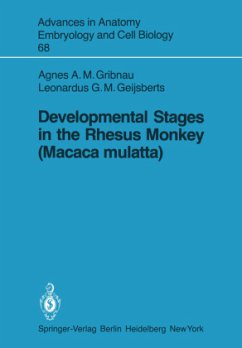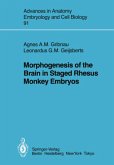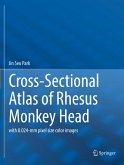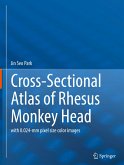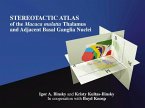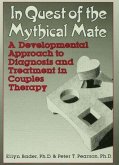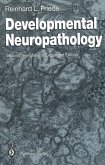In the past decennia nonhuman primates have been increasingly used for research purposes in various scientific fields. Much interest has been focused on this group of animals in general and on the rhesus monkey in particular because of its close phylo genetic relationship with man. In some fields of research, however, such as embryology and microscopic anatomy, much less attention has been paid to nonhuman primates, probably because of the expense involved in the collection of the extensive material needed. On the other hand, teratological and experimental embryologic studies must be based upon a thorough knowledge of the normal ontogenesis since only in that way can a reliable distinction be made between normal and abnormal or induced develop ment. Each ontogenetic study essentially consists of a comparison of different deve lopmental stages. In most reports dealing with the development of individual organs or their subunits the material used is classified according to the estimated age or the length of the embryos. These criteria, however, are not valid, since considerable varia tion in developmental stage occurs between animals of the same age even between littermates and between animals of the same length. Therefore a method is needed for assigning embryos to successive developmental stages that are defmed on the basis of extemal and internal characteristics. This type of classification was elaborated by Stree ter (1942, 1945, 1948,1951), who arranged human embryos into developmental hori zons numbered XI through XXIII.
Hinweis: Dieser Artikel kann nur an eine deutsche Lieferadresse ausgeliefert werden.
Hinweis: Dieser Artikel kann nur an eine deutsche Lieferadresse ausgeliefert werden.

